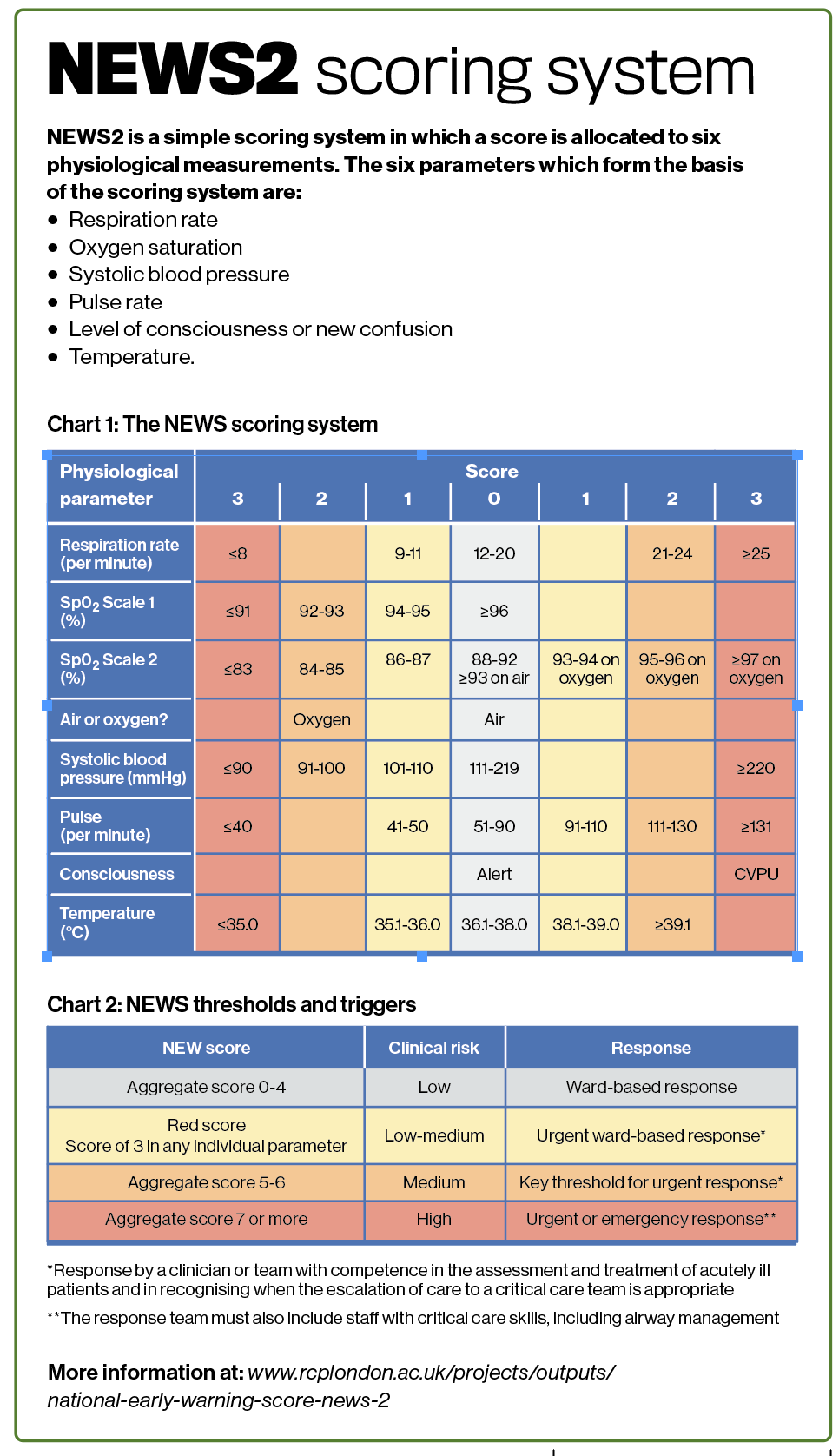Who to refer
The PGDs for use of inhaled nasal corticosteroids and antibiotics in sinusitis give specific inclusion and exclusion criteria. The following is intended to give some pragmatic guidance on how these might be followed – it is not intended to be all-inclusive or definitive.
Most of the people who attend a pharmacy with sinusitis will be unwell and have pain but are not severely ill. A few patients may attend who have symptoms suggesting more severe illness or who are at risk of severe illness. The most important requirement is to recognise severely ill patients and make sure they get urgent care.
Many PGDs list rare or unusual causes of symptoms. Severe complications with acute sinusitis are very rare.
The most common are orbital with swelling and reduced vision; then intracranial (meningitis, encephalitis, abscess or venous thrombosis). Bony complications, presenting with swelling over the frontal bone/forehead, are the least common.
Severe complications are estimated to occur in one in 12,000 children and one in 32,000 adults with acute sinusitis who are otherwise healthy.
Some patients may seek assessment by a pharmacist but do not meet the criteria for the PGD under which the service is operating. Some of these patients may require referral to their GP practice (or urgent care, if needed).
Red flags
The clinical pathway for acute sinusitis lists the following symptoms as signs of a more serious illness or condition (red flag symptoms) requiring urgent care (call 999 or go straight to A&E):
- Intraorbital (within the eye) or periorbital (around the eye) complications such as periorbital oedema (swelling) or cellulitis, displaced eyeball, double vision, ophthalmoplegia (paralysis/weakness of the eye muscles), or newly reduced visual acuity (vision)
- Bony complications such as tender swelling over the frontal bone
- Symptoms or signs of meningitis
- Severe frontal headache or focal neurological signs.
Any individual identified with symptoms of severe/life-threatening infection or systemic sepsis should be referred urgently. The clinical pathway suggests pharmacists consider calculating a NEWS2 score (see panel) ahead of signposting such patients to A&E or calling 999.

